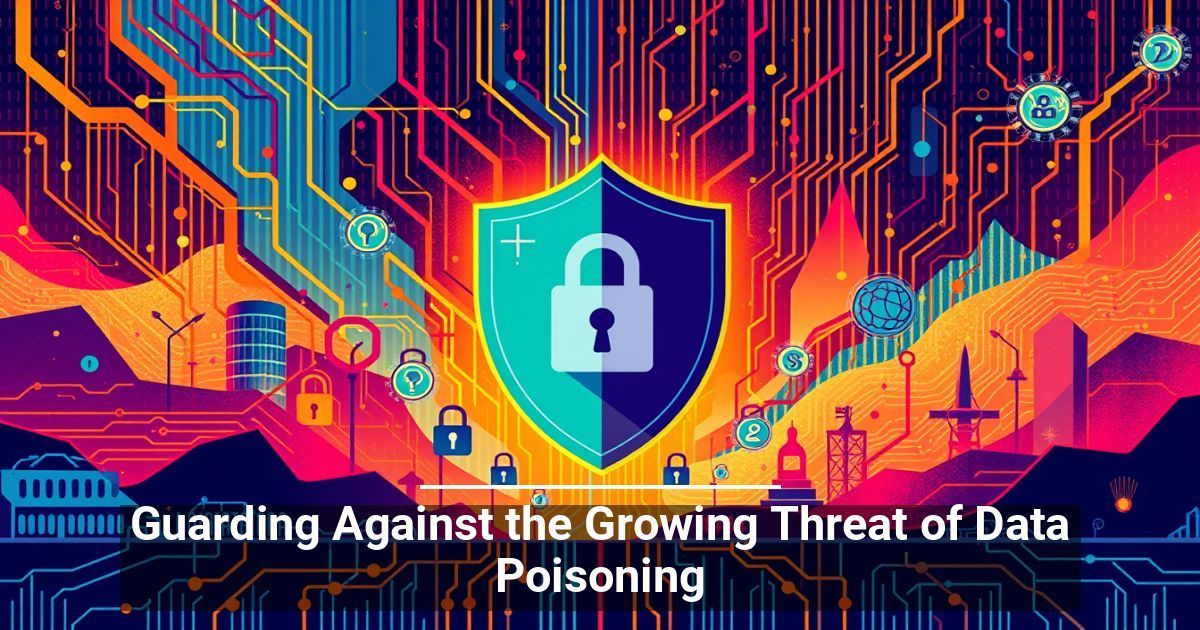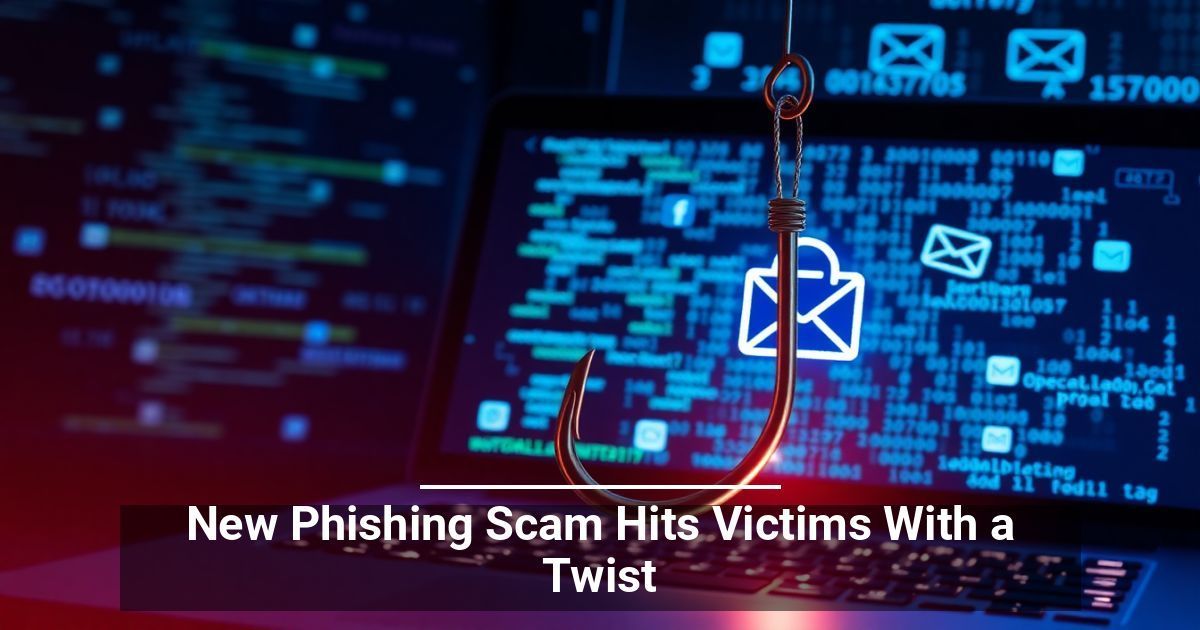Blog
Guarding Against the Growing Threat of Data Poisoning
By Mersad • November 9, 2024

There’s no question that generative AI is fast becoming a critical tool for enterprises. However, as with any new technology, there will be some bumps as more people adopt and refine it. As anyone who uses AI tools knows, it’s not always perfect, and with the growing threat of data poisoning looming, what might be a minor error in some cases could have devastating consequences in others.
What Is Data Poisoning?
Data poisoning attacks the very heart of artificial intelligence systems by corrupting the dataset used to train machine learning or AI models. Compromised training data ultimately means that the model will produce flawed results. These adversarial attacks might include malicious data injections or changing or deleting datasets used to train the machine learning model.
By manipulating AI to influence the model’s ability to make decisions or produce data, bad actors can create havoc. AI model corruption can lead to biases, erroneous outputs, new vulnerabilities, and other ML system threats.
With more organizations adopting AI tools, the growing threat of data poisoning is a real concern. It’s especially worrisome because detecting a data integrity breach is exceedingly difficult to detect.
Spotting Data Poisoning Attacks
Even subtle changes to the data used for machine learning models can have dire consequences. The only way to know for sure if you’re using a model compromised by a data poisoning attack is to monitor your results when using it carefully. The purpose of the malicious injection is to reduce the model’s accuracy and performance, so sudden changes in that regard typically indicate a breach in machine learning security.
Some of the most obvious signs of data poisoning include:
- A sudden uptick in incorrect or problematic decisions
- Inexplicable changes in the model’s performance
- Results that consistently skew in a specific direction, indicating bias
- Unexpected or unusual results that don’t make sense in the context of the model’s training
Artificial intelligence vulnerability often increases after a security incident. Organizations that recently
experienced an attack, or noticed other signs that they’re a target, have a risk of becoming a victim of a data poisoning incident.
Protecting Your AI Models Against Data Poisoning
Hackers use a number of different techniques to poison datasets. Unfortunately, in many cases, an organization’s employees are behind the growing threat of data poisoning. People within your organization have advanced knowledge of both the model and the security protocols that are in place, which make it easier for them to slip in undetected and compromise data.
With that in mind, you need a multi-pronged approach to blocking these attacks and increasing machine learning security. This includes:
- Introducing adversarial training to your ML model so it can recognize attempts at data manipulation and classify certain inputs as intentionally misleading
- Implementing advanced data validation and sanitization techniques to preserve its integrity
- Continuously monitoring outputs to establish a baseline ML behavior that makes spotting anomalies easier
Addressing the growing threat of data poisoning also requires educating your teams about ML security and how to recognize and report suspicious outcomes.
Related Posts



Contact Information
1035 Medina Rd, Suite #800
Medina, OH 44256



